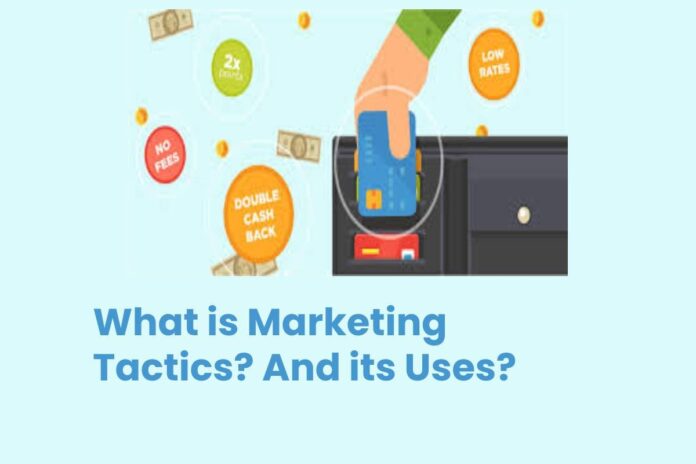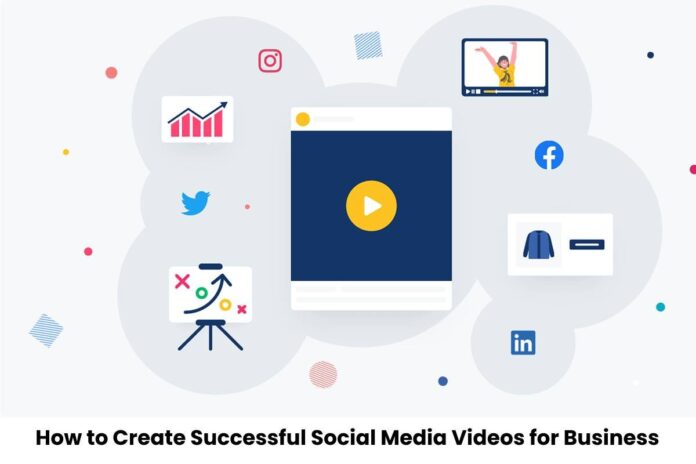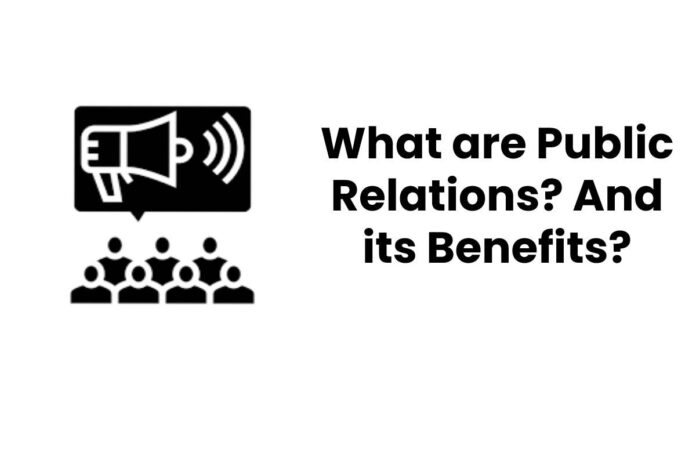In today’s fast-moving job market, companies are always looking for smart ways to bring in skilled workers. One method that has gained much attention is lateral hiring. This means bringing in experienced workers from other companies who work at the same level. Thus, while in contrast to the hiring of graduates or internal employees, lateral hiring has its own benefits. Now let’s analyse five primary advantages that make lateral hiring quite popular among organizations of the present days.
Table of Contents
1. Immediate Productivity and Ready Skills
When companies hire laterally, they get workers who can start doing their jobs right away. These workers already know how to handle their tasks because they’ve done similar work before. They don’t need much training to get started, which saves both time and money for the company.
New hires from lateral moves bring tested skills that match exactly what the job needs. They have handled real work situations and know how to solve common problems in their field. This means they can jump right in and help the team without a long learning period. Their past work gives them the confidence to take on tasks from day one.
Having someone who can work well right from the start helps the whole team. Other workers don’t have to spend lots of time teaching the new person basic things. Instead, the lateral hire might even teach others some new and better ways of working. This creates a good balance where everyone can focus on their main work. The smooth transition period means projects stay on track and work quality remains high. Plus, these experienced workers often spot ways to make existing processes work even better.
2. Fresh Ideas and New Viewpoints
Lateral hires bring new ways of thinking that can help make a company better. They have seen how other companies work and can share these different ways of doing things. This fresh look can help find better ways to work and solve old problems.
When someone comes from another company, they bring their own special mix of skills and ideas. They might have dealt with similar challenges before but solved them differently. This can lead to mixing the best of old and new methods. Their outside view helps spot areas where the company could do better.
These new workers often bring knowledge about what other companies are doing well. They can help their new team learn from both the good and bad things they’ve seen elsewhere. It benefits all and makes the entire company better in the long run. It is more like building an improved picture using a new component that makes up the puzzle.
3. Expanded Professional Networks
One big plus of lateral hiring is the new connections it brings to the company. Each lateral hire comes with their own network of work friends and partners. These connections can help the company in many different ways.
The new hire’s network might include possible clients, suppliers, or future workers. They know who’s good at what in their field and can help find the right people when needed. Their old work relationships can open doors to new business chances. This wider network makes it easier to find help or advice when facing tough challenges.
These connections also help the company stay up to date with what’s happening in their field. Through their networks, lateral hires can share news about market changes or new ways of working. They help keep the company connected to the wider business world. This kind of information sharing is very valuable for staying ahead.
4. Competitive Edge in the Market
Lateral hiring can help companies do better than their rivals. When a company brings in talented people from other firms, they gain useful inside knowledge. This helps them understand the market better and make smarter choices.
These hires know what works well and what doesn’t in similar companies. They understand customer needs and market trends from their past work. This knowledge helps companies improve their products or services. It also helps them spot new chances to grow their business before others do.
The mix of new ideas and tested experience gives companies an edge. Lateral hires can help spot ways to do things better or faster than rivals. They might know better ways to serve customers or make products. This helps companies stand out and do better in their market.
5. Building Stronger Team Skills
When companies hire laterally, they add new skills to their teams. These new workers bring different strengths that help make the whole team better. They can teach others what they know and learn new things too. Lateral hires often have special knowledge in certain areas. This helps fill gaps in what the team can do. They might be really good at solving certain problems or using special tools.
This makes the whole team stronger as well as able to handle more kinds of work. The mix of old and new team members creates good learning chances. Current workers can learn new skills from lateral hires. At the same time, lateral hires can learn how things work in their new company. This sharing of knowledge helps everyone grow and makes the team work better together.
Moreover, lateral hires frequently introduce best practices from other organizations, helping companies improve their processes along with the stay competitive. They often bring valuable industry contacts and relationships that can benefit business development. Their diverse experiences in different corporate cultures also enhance the team’s adaptability as well as innovation potential.
Conclusion
Lateral hiring is among the best talent acquisition strategies as it brings many good things to companies that use it well. From ready-to-use skills to new ideas and helpful connections, these hires add real value. They help companies grow stronger as well as do better in their markets. The five benefits we’ve looked at show why lateral hiring is so useful. It helps companies get skilled workers quickly, brings in fresh thinking, adds useful connections, helps beat rivals, and makes teams stronger. When done right, lateral hiring is a smart way to help companies succeed.
Also Read : Top Benefits of Drinking Filtered Water








